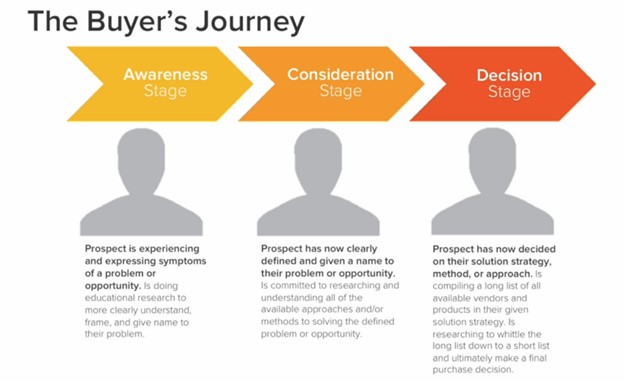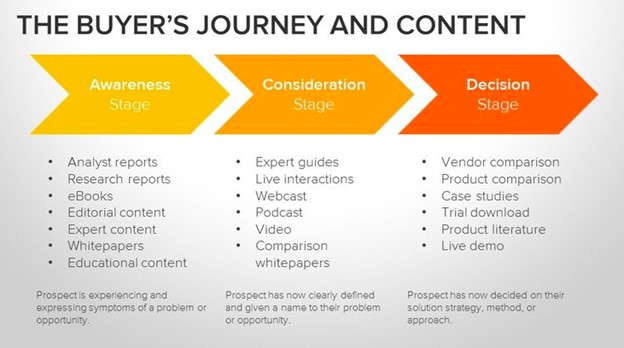Myth or Reality: B2B Marketing Shifting From Traditional to Modern-Day
In todays increasingly competitive markets, and for today’s modern-day B2B Marketing teams, it’s getting harder and harder to capture the attention of your buyers’ share of mind and share of wallet. B2B Marketing in a “one and done,” cookie cutter fashion where marketing initiatives are siloed is no longer viable or productive and is also very inefficient resulting in higher customer acquisition costs (CAC). Today’s modern-day marketer must develop ideal client profiles (ICPs) and execute strategically through omnichannel initiatives across the demand generation ecosystem and customer experience.
So, what is omnichannel marketing in B2B Marketing space?
John Bowden, Senior VP of Customer Care at Time Warner Cable, defines this term as “viewing the experience through the eyes of your customer, orchestrating the customer experience across all channels so that it is seamless, integrated and consistent.”
In short, Marketers that use an omnichannel demand generation approach (see image) align their messaging, goals, and objectives across all channels, devices, and the buyer’s journey. Companies that apply an omnichannel approach try to create a unified user experience because today’s buyers use a wide variety of channels to interact with businesses, and they often do so simultaneously. If these channels don’t work together (i.e., traditional siloed marketing), it’s not a modern-day omnichannel approach.
According to BrightTalk’s Buyer’s Journey Trends Influencing Demand Generation Investments Report, “67% of the buyer’s journey is done digitally” and “todays’ modern-day marketer needs to get their products/solutions in front of prospect throughout the entire sales cycle.”
Buyers are continuously researching online to solve project-related challenges. Today’s modern-day marketer optimizes and leverages persona-driven thought leadership and voice of customer messaging delivered at the right time, in the right way during the buyer’s journey to drive increased sales velocity. They leverage high-performing SEO keywords across all digital channels, content, advertising, review sites, webinars, website, landing pages et al. Not leveraging high-performing SEO keywords across all digital channels and content results in disparate, ineffective, and higher cost per lead (CPL) marketing results. Think of SEO keywords as gasoline to your marketing engine. When they appear in multiple locations across multiple digital footprints throughout the content you develop and push to the market – it fuels brand awareness, reach, and ultimately more effective and efficient marketing results lowering your CPL and total CAC and, then increased sales velocity and conversion.
Lastly, today’s modern-day marketer earns the trust and attention of audiences and ultimately buyers by creating, leveraging, and delivering thought leadership, influencers (i.e., subject matter experts) and voice of customer content that is specific to where they are in their buying journey.
The content you deliver at each state in the buyer’s journey needs to align accordingly. For example, during the buyer’s Awareness stage you should provide white papers, eBooks, SME content etc. During the Consideration stage you need to provide live interaction, public demo webinars, video content, and competitive and comparative infographics. During the Decision stage, consider vendor, product comparison, customer success stories, Voice of Customer (VoC) videos and product literature, etc. (see image). By taking this approach you will help buyers know you recognize and understand their pain points. They will see you are laying the foundation for them on why your solution/product is the solution and should be a strategic priority to purchase, the expected ROI, proof points and benefits of doing so. Traditional marketers have the tendency to offer one-and-done “buy from” us content messaging.


[To share your insights with us, please write to sghosh@martechseries.com]








Comments are closed.